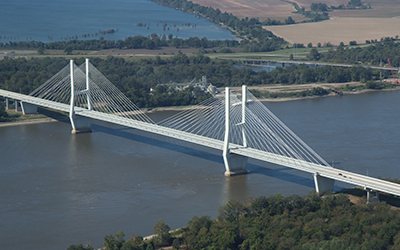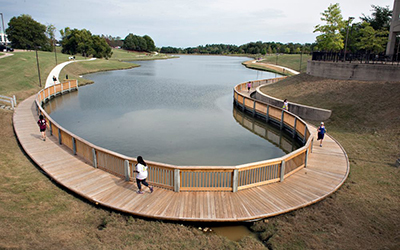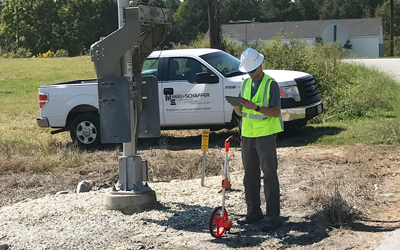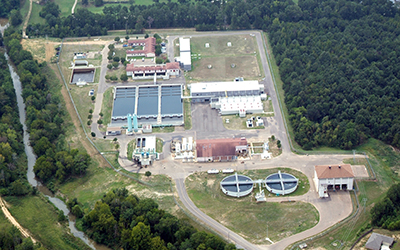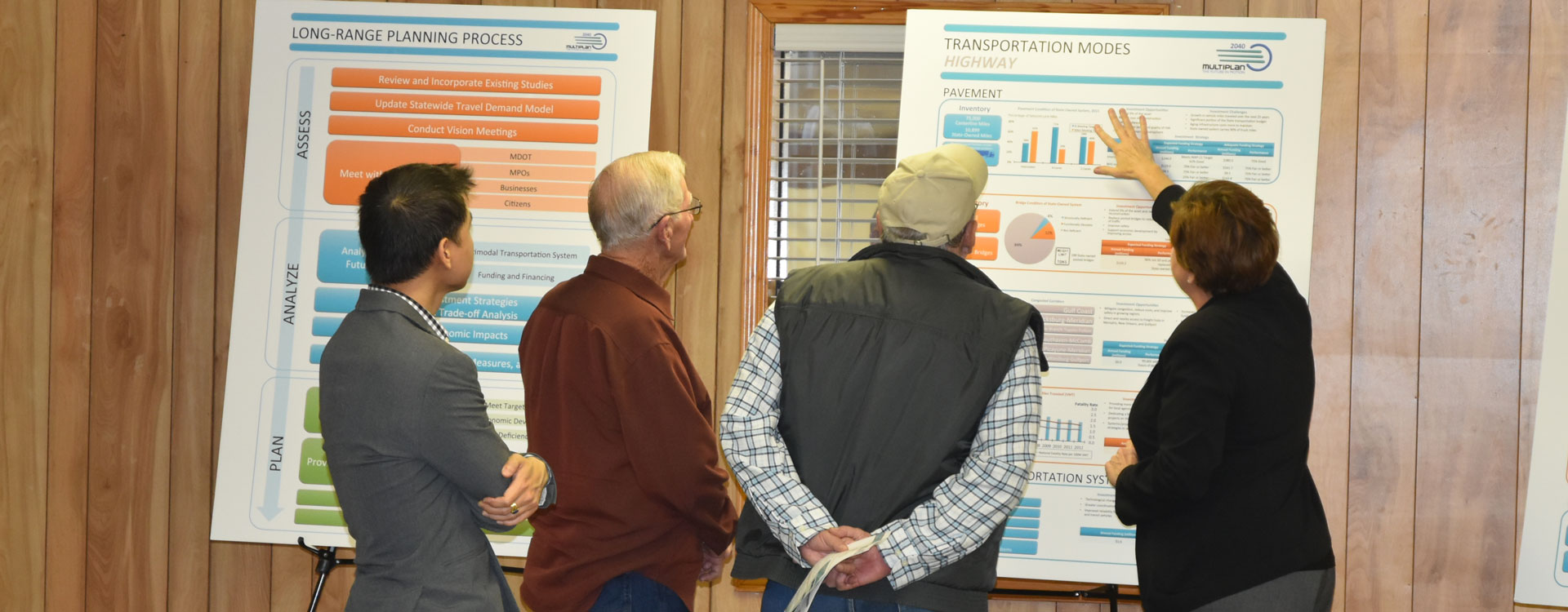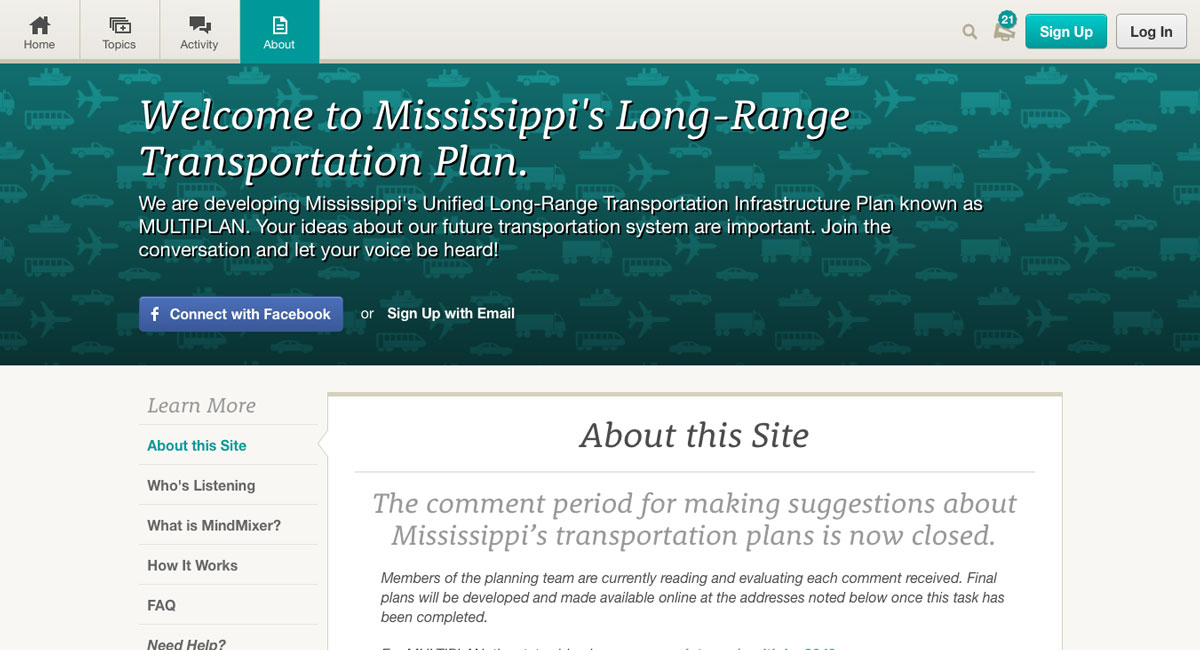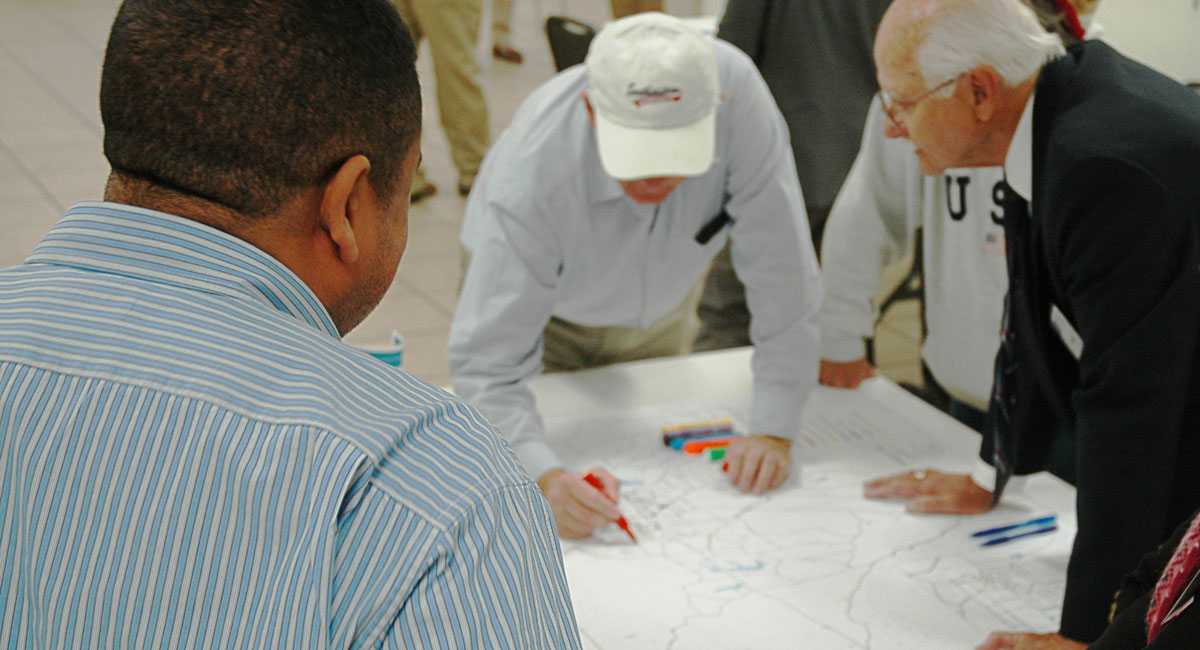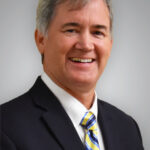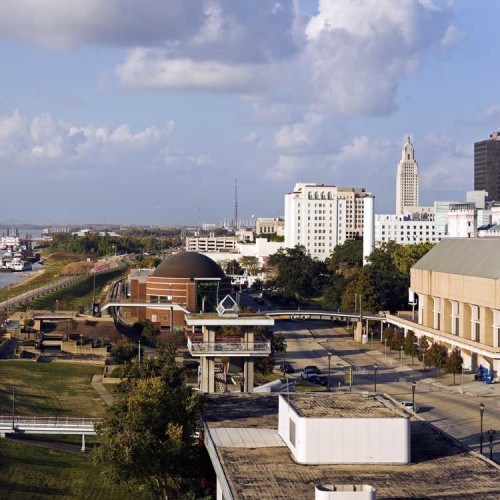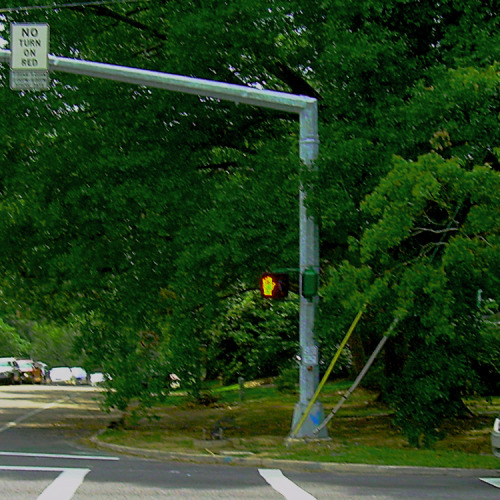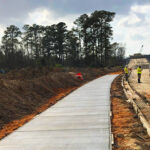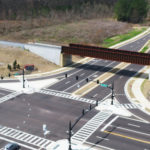MISSISSIPPI DEPARTMENT OF TRANSPORTATION
Public participation through traditional, and not so traditional, engagement strategies
Neel-Schaffer led Mississippi’s efforts for engaging the public in planning the state’s future transportation system on behalf of the Mississippi Department of Transportation (MDOT). Stakeholders, agencies, organizations, traditionally underserved communities, and the general public were offered multiple ways to become engaged in MULTIPLAN, Mississippi’s Unified Long-Range Transportation Infrastructure Plan. Traditional engagement strategies such as public meetings and surveys were provided, along with more creative communication opportunities such as social media, listening sessions, and on-line meetings. This involvement strategy, which relied heavily on graphic-driven materials, more than doubled public participation for the 2040 transportation plan update.
By leveraging the power of the Internet and various social media platforms, Neel-Schaffer provided expedient ways for people to share transportation needs and ideas. Real-time input opportunities generated helpful insight for planners and provided those who were unable to physically attend a public meeting the opportunity to be heard.
Mississippi’s Metropolitan Planning Organizations (MPOs) were also engaged in long-range planning for their respective Metropolitan Transportation Plans. At MDOT’s invitation, the MPOs joined with MDOT to maximize public involvement efforts and to make the best possible use of existing resources. Neel-Schaffer branded the combined engagement strategy to create awareness of the comprehensive effort and to explain how the public could become part of the process.
Targeted engagement was a key component of the outreach strategy. From the beginning, stakeholders were invited to provide input and to help spread the message. Multiple participation opportunities were provided, including surveys, emails, and round-table discussions. The team reached out to traditionally underserved populations by email, telephone, the distribution of fliers, and the engagement of associations and community leaders.

